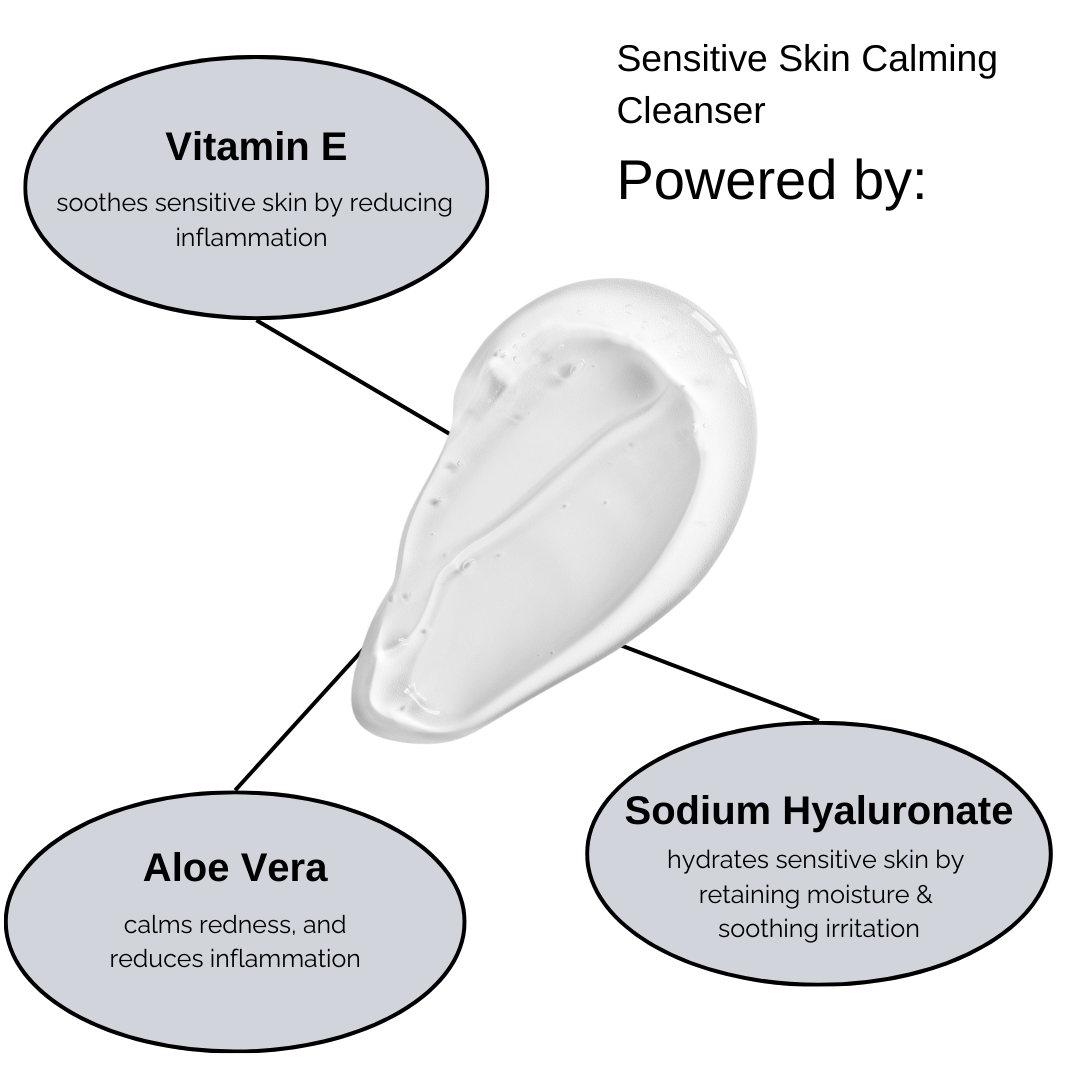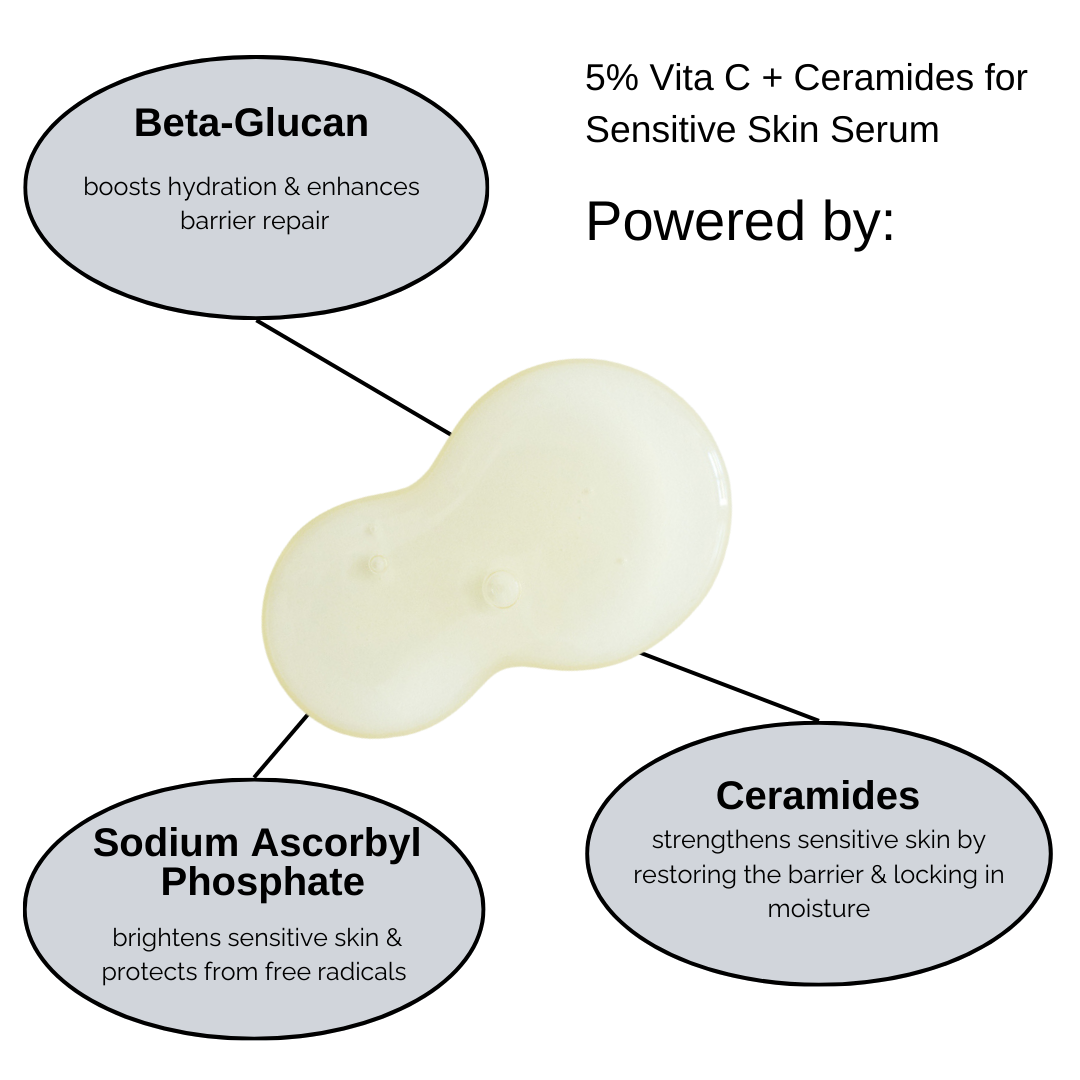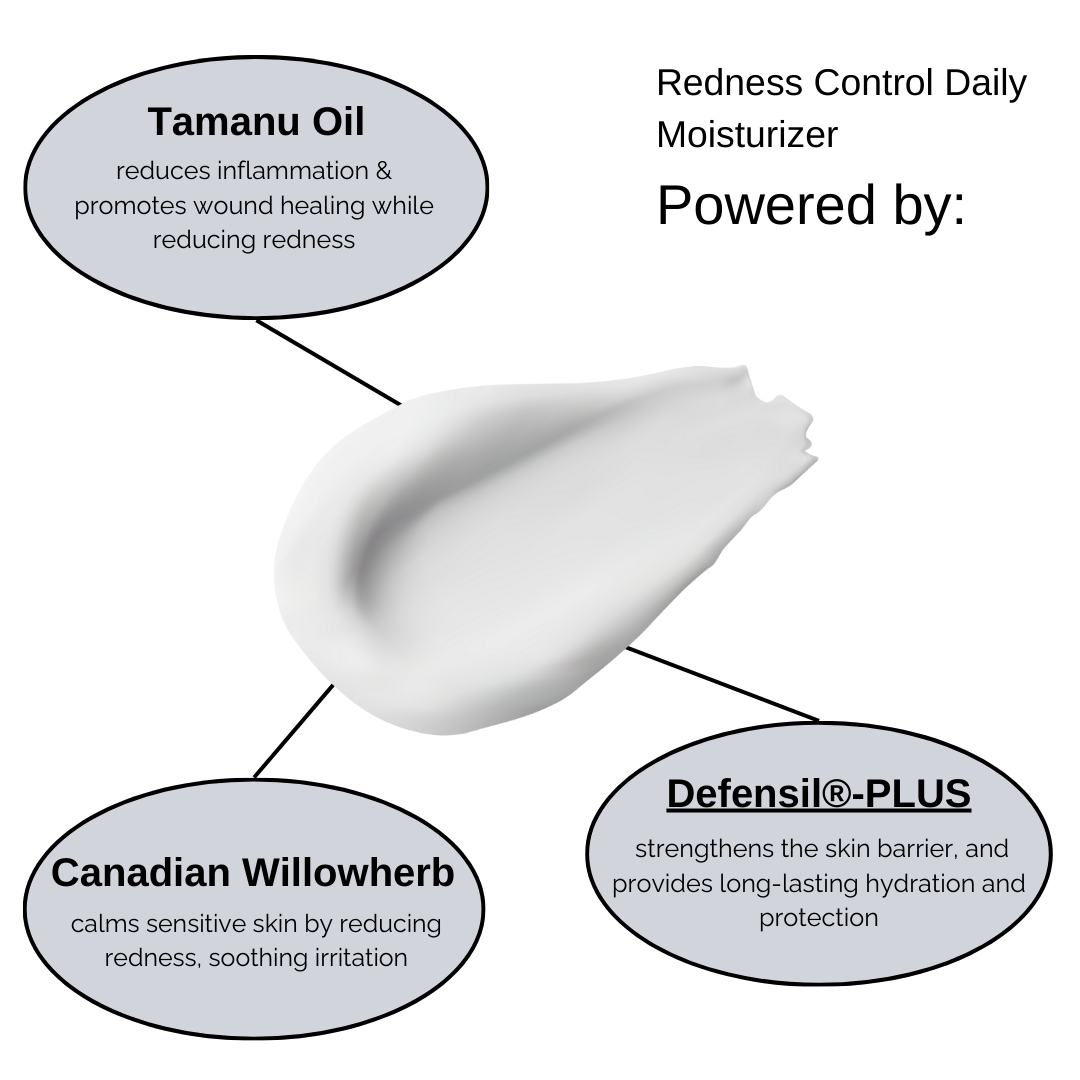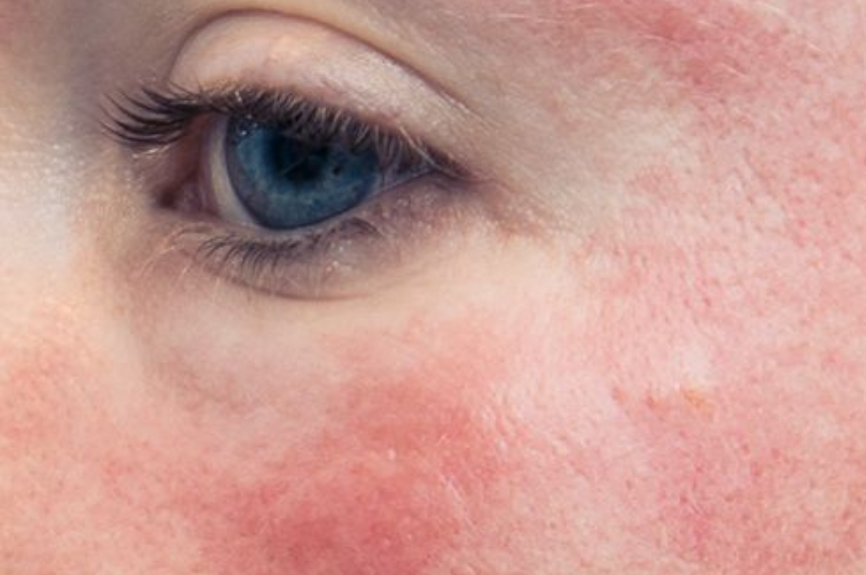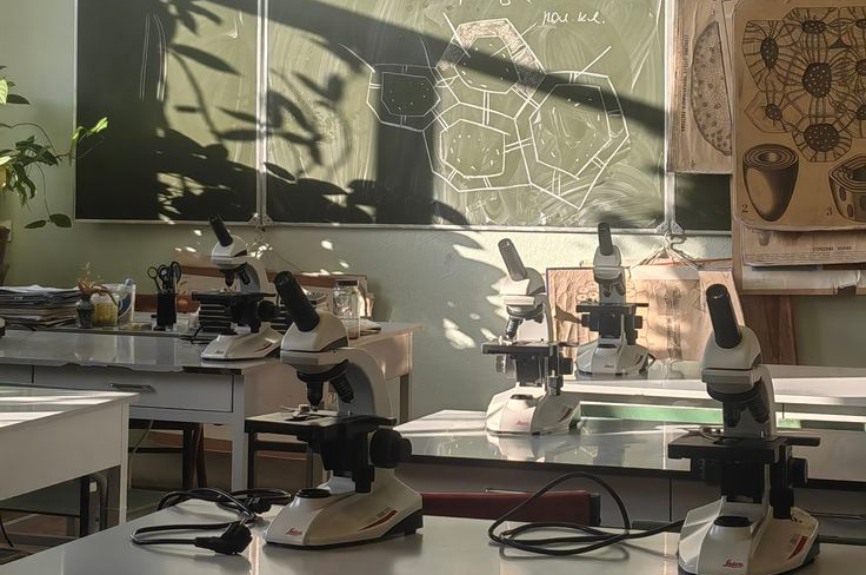
Rosacea Uncovered: New global study reveals it's more common thank you think
For decades, rosacea has been under-diagnosed and often misunderstood. But recent research has cast a brighter light on the true scale and demographics of this chronic skin condition. A new global study published in 2024 has reshaped our understanding of who is affected by rosacea and where it’s most common, offering essential insights for patients, dermatologists, and healthcare systems alike.
A Fresh Global Perspective
In May 2024, researchers released one of the most comprehensive assessments to date on rosacea’s global burden. Contrary to older estimates that often focused on Western populations, the new study compiled data from over 32 countries, incorporating both clinical diagnoses and population surveys.
Key Findings:
-
Global prevalence is approximately 5.5%, meaning more than 400 million people worldwide may have rosacea.
-
East Asia and Latin America showed unexpectedly high rates, with prevalence approaching 4% in countries like China and Brazil.
-
The United States and Europe still lead in diagnoses, but this may reflect greater healthcare access and awareness rather than higher actual incidence.
Not Just an Older Adult’s Condition
One of the most surprising findings is the age distribution of rosacea cases. Traditionally viewed as a condition of middle-aged adults—especially those over 40—this new study shows a significant concentration among younger adults, especially those between 25 and 39 years old.
This shift may be attributed to several factors:
-
Increased awareness and earlier diagnosis.
-
Lifestyle factors like diet, stress, and digital screen exposure.
-
Hormonal changes and environmental triggers affecting younger skin.
Who’s at Risk?
The data reaffirms some longstanding observations while also challenging a few assumptions:
-
Women are diagnosed more frequently, although men often experience more severe symptoms.
-
Rosacea is not exclusive to fair-skinned individuals. The study documented substantial numbers in people with darker skin tones—suggesting that diagnostic biases and misidentification may have led to underreporting in the past.
-
Urban populations appear to have higher reported rates, potentially due to pollution, stress, and dietary factors.
Why This Matters
Understanding rosacea’s true prevalence is more than a numbers game. It impacts:
-
Public health planning: Health systems in high-prevalence regions can better allocate dermatology resources and education campaigns.
-
Awareness and stigma: More people may now recognize that their symptoms are part of a known, manageable condition.
-
Research funding: Highlighting global burden could spur investment into better treatments, especially in underserved regions.
What’s Next?
This new data underscores the importance of inclusive diagnostic tools, culturally competent skincare, and broader education—not just in the West, but globally. As researchers continue to refine prevalence data with better screening and outreach, our collective understanding of rosacea will only deepen.
If you’ve ever dismissed your skin’s sensitivity or redness as “just the way you are,” this could be the time to talk with a dermatologist. Rosacea is more common than you think, and with new awareness comes new empowerment.



